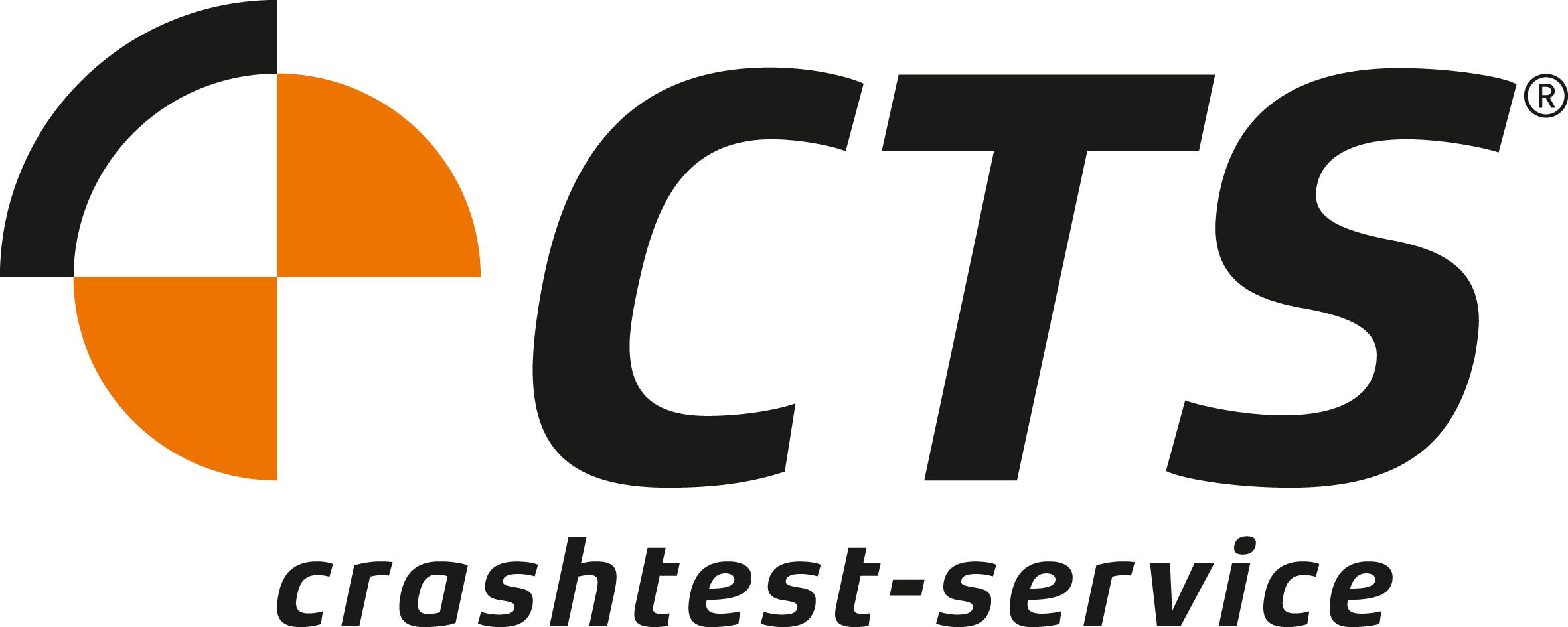CTS – Vehicle Security Barrier-List
The following list of vehicle safety barriers includes successfully tested barriers with us and helps you as a basis for decision-making to find the right product for your needs and areas of application.
(If you wish a different sorting of the list, please contact us at sales@crashtest-service.com)
Each security barrier has its own characteristics that must be taken into account and weighed against the needs and conditions of your facility.
Below are some features to consider: Barrier type, product name, test standard/test type, floor type/surface, test year and the test result.
These barriers were tested according to the test methods PAS 68, IWA 14-1, ASTM F2656/2656M or the Technical Guideline "Mobile Vehicle Security Barriers". In detail this means:
ASTM F2656/2656M
This test method was first published by the US Department of State in 1985 (SD-STD-02.01). It has since been replaced by ASTM F2656/2656M-23. The test vehicle is in most cases a small car of 1100 kg, a pick-up truck of 2270 kg, an American truck of 6800 kg or a truck of European design of 7200 kg. The most commonly tested impact speeds are 50 km/h, 65 km/h and 80 km/h. The angle of impact is usually 90°. The penetration (= vehicle penetration depth) is divided into three levels (P1: ≤1m; P2: ≤7m; P3: ≤30m). This is measured from the rear of the drive-through barrier facing away from the impact and the Datum Point (reference point on the test vehicle). The maximum fragment removed is documented.
DIN SPEC 91414-1
DIN SPEC 91414-1 emerged from the project “Development of approval guidelines for mobile vehicle safety barriers to protect public spaces from crossing attacks” (acronym “ZuFahrtSchutz”) as part of the “Protection of public spaces” initiative funded by the Federal Ministry of the Interior, Building and Community (BMI). “Avoid crossings.”
Internationally, there are several documents that specify requirements and testing methods for mobile, stationary and semi-stationary vehicle safety barriers. DIN SPEC 91414-1 describes the national requirements for mobile vehicle safety barriers. It essentially consists of three tests: 1. impact test, 2. displacement test and 3. manipulation test.
ISO 22343-1
ISO 22343-1 has replaced IWA 14-1 since September 2023. It now represents the international state of the art. This test procedure essentially corresponds to IWA 14-1. This test procedure also assesses the performance of traffic barriers on the basis of various test vehicles (cars with a test weight of 1,500 kg to trucks with a test weight of 30,000 kg). Frequently tested impact speeds are 48 km/h, 64 km/h and 80 km/h. The impact angle is usually 90°. The penetration is measured from the front of the barrier facing the impact and ends at the datum point (reference point on the test vehicle). For vehicles, the shape of the cabin and therefore the datum point must be taken into account in relation to the performance rating, as the shape of the cabin has an influence on the penetration depth. Both long-distance and local transport cabins are possible according to test procedures. The VSB Performance Requirements have been changed compared to IWA 14-1. Now the test vehicle must be stopped or redirected in front of the VSB Datum line. If the VSB Datum Line is exceeded, the test vehicle must be unroadworthy or trapped in such a way that it cannot be set in motion under its own engine power. The maximum penetration depth is 25 m, even for mobile barriers. Fragments weighing 2 kg or more are documented and also stated in the performance rating. In addition, the front point of the test vehicle is measured and stated in the test report, but this value is not stated in the performance rating.
Technical guideline "Mobile Vehicle Security Barriers"
The technical guideline "Mobile Vehicle Security Barriers" (TR) was prepared in 2018 by the Police Technical Institute at the German Police University (PTI) and describes the special requirements for mobile police security barriers. This test procedure was written exclusively for mobile security barriers. The TR distinguishes between three protection classes (SK1, SK2 and SK2+). In each protection class, a distinction is made between a paved and an unpaved surface. The test can use a truck with a test weight of 7,500 kg, a truck with a test weight of 12,000 kg or a truck with 30,000 kg. The impact speeds are 53 km/h, 42 km/h, 83 km/h, 66 km/h, ≥ 73 km/h or ≥ 46 km/h, depending on the selected protection class and truck. The penetration depth is measured from the point of impact to the maximum penetration depth of any part ≥ 100 kg. Fragments are documented from 2 kg. To pass a full test, both a 90° and 45° impact angle test must be performed.
PAS 68 - withdrawn October 2023
PAS 68 was first published in 2005 and replaced by the 2013 version. This test procedure enables the certification of passage barriers such as roadblocks, barriers and high-security gates and is based on the distinction between six types of test vehicles (cars with a test weight of 1,500 kg to trucks with a test weight of 30,000 kg). The most tested impact speeds are 48 km/h, 64 km/h and 80 km/h. The impact angle is usually 90°. The penetration (= vehicle penetration depth) is measured from the back of the traffic barrier facing away from the impact and the datum point (reference point on the test vehicle). Fragments weighing 25 kg or more are documented.
IWA 14 - withdrawn September 2023
The IWA was published in 2013 to provide an internationally recognized and consistently applied specification. This test procedure assesses the performance of traffic barriers based on nine different test vehicles (cars with a test weight of 1,500 kg to trucks with a test weight of 30,000 kg). Frequently tested impact speeds here are also 48 km/h, 64 km/h and 80 km/h. The impact angle is usually 90°. The penetration is measured from the front of the barrier facing the impact and ends at the datum point (reference point on the test vehicle). Fragments weighing 25 kg or more are documented.


